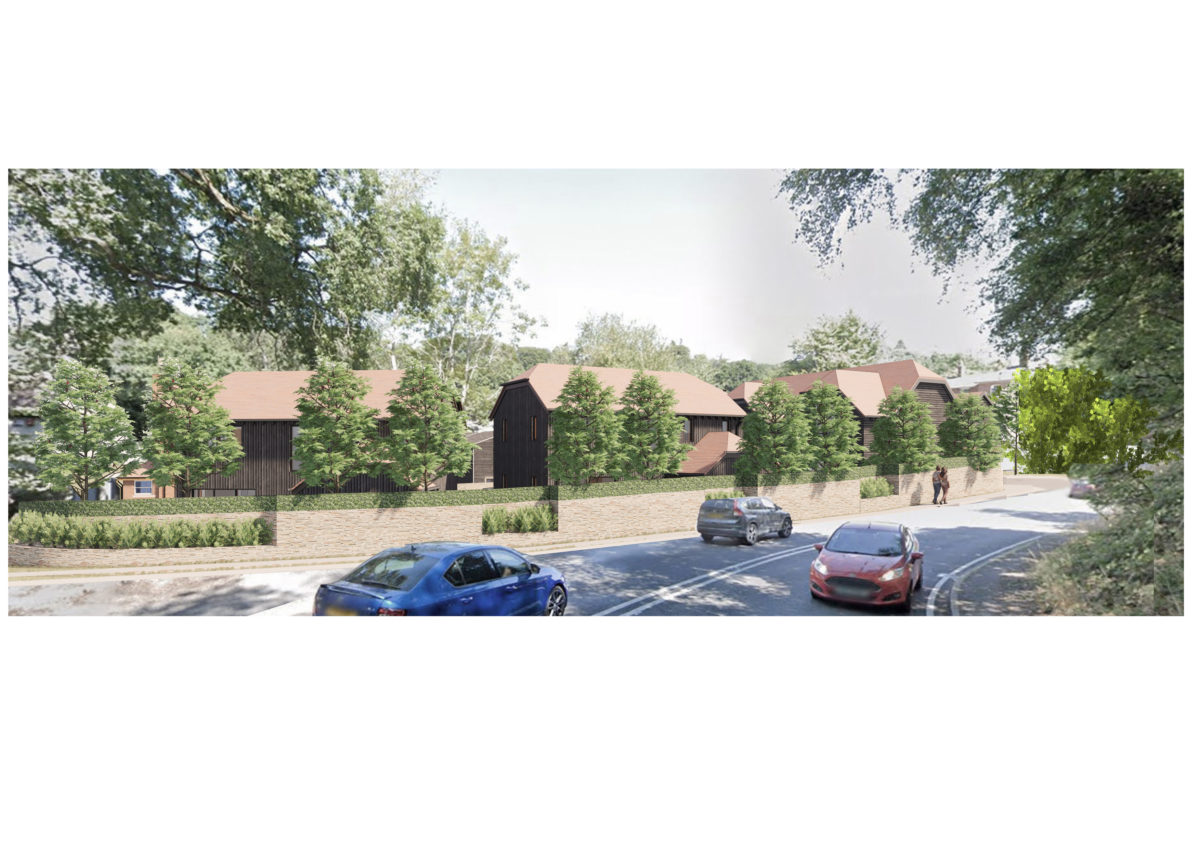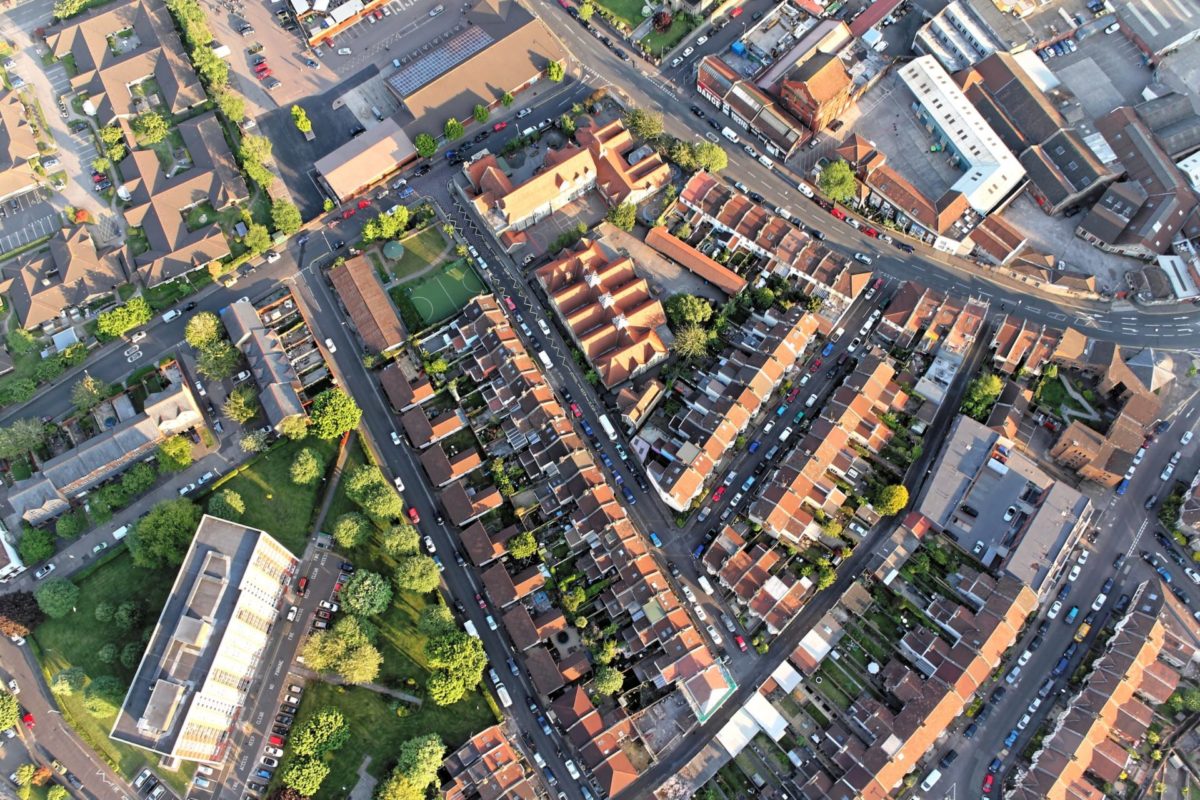

First Homes – a new affordable housing scheme
From 28 June 2021, the Government’s First Homes programme came into effect. The NPPF includes a new type of affordable home ownership and falls within the normal definition of affordable housing for planning purposes. The update followed a consultation in February 2020 and is the latest initiative to help first-time buyers onto the property ladder. There are national standards that First Homes need to adhere to, including:
- A First Home must be discounted by a minimum of 30% against market value; and,
- after the discount has been applied, the first sale of the home must be at a price no higher than £250,000 (or £420,000 in Greater London).
- The discount must apply to the home each time it is sold in perpetuity (so local communities can continue to benefit from the scheme).
- First Homes should be sold to people that meet the First Homes eligibility criteria which includes priority for first-time buyers with a combined household income no greater than £80,000 (or £90,000 in Greater London).
What about on a local level?
As with other affordable housing requirements, local authorities have the option to alter the requirements through the plan making process. They have the power to apply additional eligibility criteria as well as impose a larger minimum discount (up to 50%) and impose lower price caps if they can provide evidence of local need.
How does First Homes affect developers?
Planning practice guidance states that a minimum of 25% of the affordable housing contributions for new developments will be required to fit the First Homes criteria. The remaining 75% of affordable units will be split according to local policy with the priority given to social rent housing.
The Community Infrastructure Levy Regulations amended in November 2020 also confirms that there will be relief for CIL payments in line with other affordable housing tenures. The Government has prepared a model Section 106 template to support developers in securing First Homes during the planning process and for future legal agreements.
How does First Homes affect current planning applications?
First Homes are a material consideration when determining applications but the requirement did not apply to sites with full or outline planning permission that had been secured, determined, or appealed before 28th December 2021. If there has been significant pre-application engagement, the determination deadline is extended to 28th March 22. However, planning applications determined prior to the transitional period can still include First Homes.
The practical application of First Homes
Any local or neighbourhood plan that reached publication stage (or beyond) by the 28th of June 2021 did not have to include the First Homes policy until a subsequent update, although Planning Inspectors may deem an update appropriate in the Examination.
Whilst, embedding the new policy at the national level should help with its implementation, the one-size-fits-all approach is not always effective. Affordable housing needs and pricing varies hugely from one area to the next, so tailoring and applying the First Homes criteria in local policy is key to its success.
With so many variables to consider, the Government has given local authorities the flexibility to interpret and refine First Homes locally, realising there is a unique and delicate balance to be struck. Therefore, progress is likely to be slow and during the transition period an element of subjectivity will be inevitable when determining planning applications due to out-of-date local plans.
Furthermore, whilst the new requirement of First Homes should help to deliver affordable housing, the 25% threshold partnered with more heavily discounted homes could compromise the viability of the development altogether in certain areas.
Any initiative that seeks to increase access to the housing market for first time buyers is to be welcomed but the success of First Homes will be determined by local authorities’ response.











